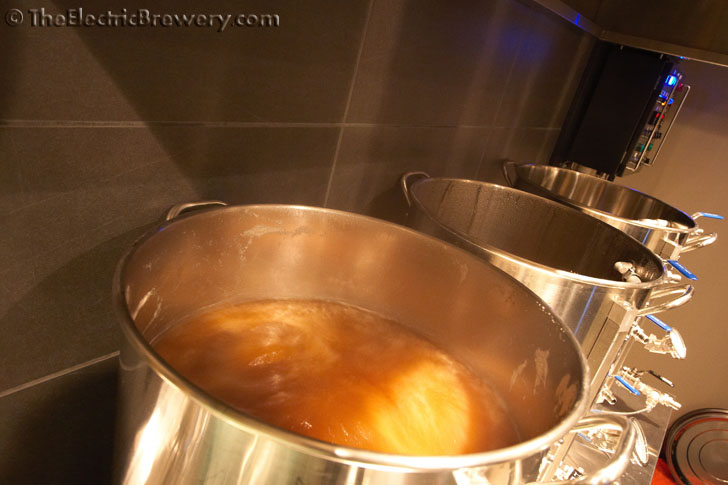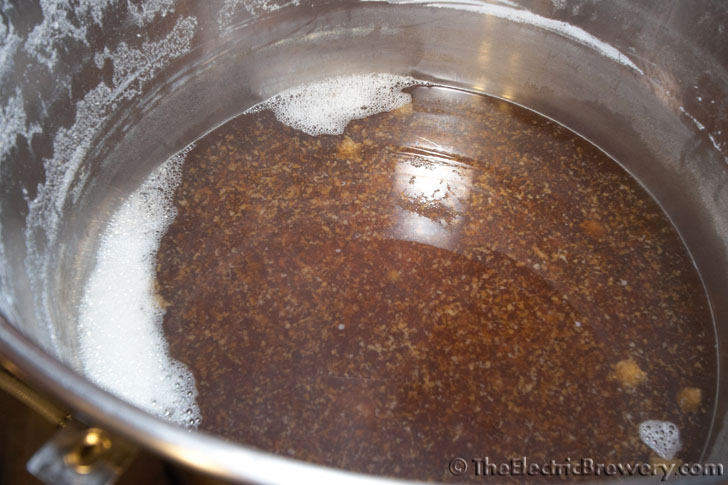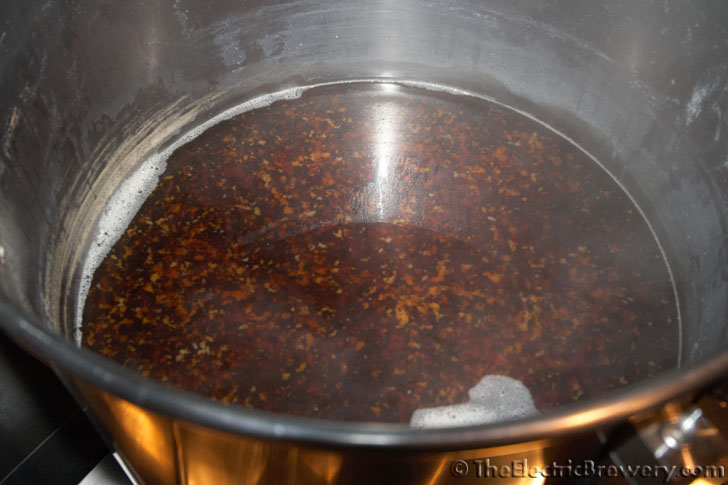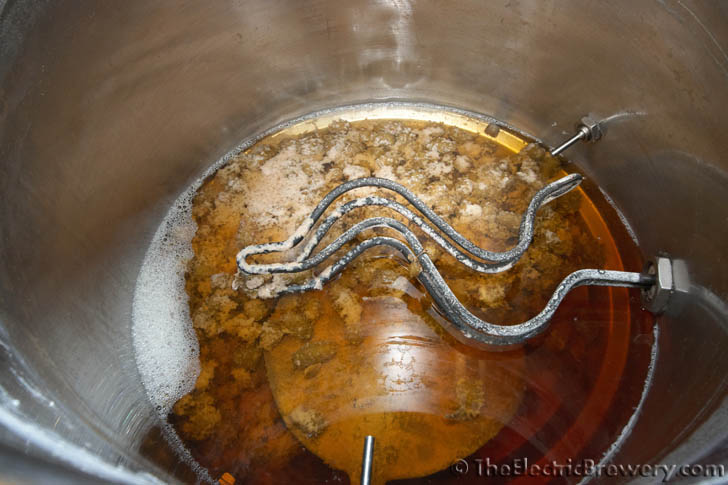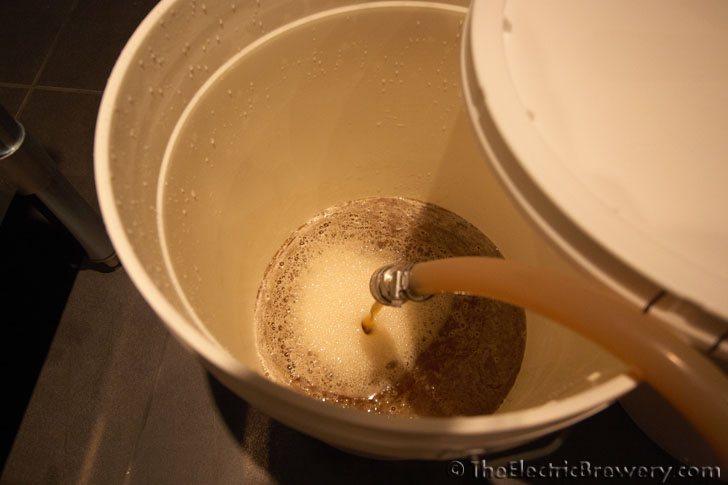Atmospheric pressure and humidity seem to come into play for exact volume loss, but typically 55-66% duty cycle on my rig (5500watt kettle element) will result in my desired 1.5 gallons of boil off.
As someone pointed out earlier, this boil off should be fairly linear based upon applied wattage. I get the same 1.5 gallon boil off whether it's 13.0 down to 11.5 or 7.5 down to 6.0. Some other thread once listed a formula that ignored a few key variables (like delta temp for instance) and the math confirmed that which I physically proved: turning my throttle to the 60%ish area gets me what I'm looking for...
Okay, I couldn't leave well enough alone... And I also couldn't find the thread I was referring to... So without further ado, here is math:
(Math and physics trolls, be on flame stand-by)
965 BTUs are required to convert 1 lb of water (at 212F) to 1lb of steam (at 212F)
Water at 212F weighs approximately 7.99 lbs per gallon
My target boil off is 1.5 gallons per hour
965 BTU x 1.5 gal x 7.99 lbs = 11565.53 BTUs required (ignoring ambient temperature, altitude above sea level, etc, etc)
1 BTU/hr = 0.29307107 Watts; so (assuming a 1 hour boil):
11565.53 x .29 = 3354 watts
Assuming a perfect world where your 5500 watt element puts out exactly 5500 watts when set to 100% duty cycle:
3354 / 5500 = .61
In other words: In a perfect world setting the duty cycle of your E-kettle to 61% would result in 1.5 gallons of boil off per hour
Of course, there are other factors to consider, such as actual voltage potential available at your wall outlet, relative humidity, so on and so forth. That is why I advise using the above math as a guideline to find your initial boil setting but then make adjustments as required while monitoring your volume and gravity compared to time.
Cheers



